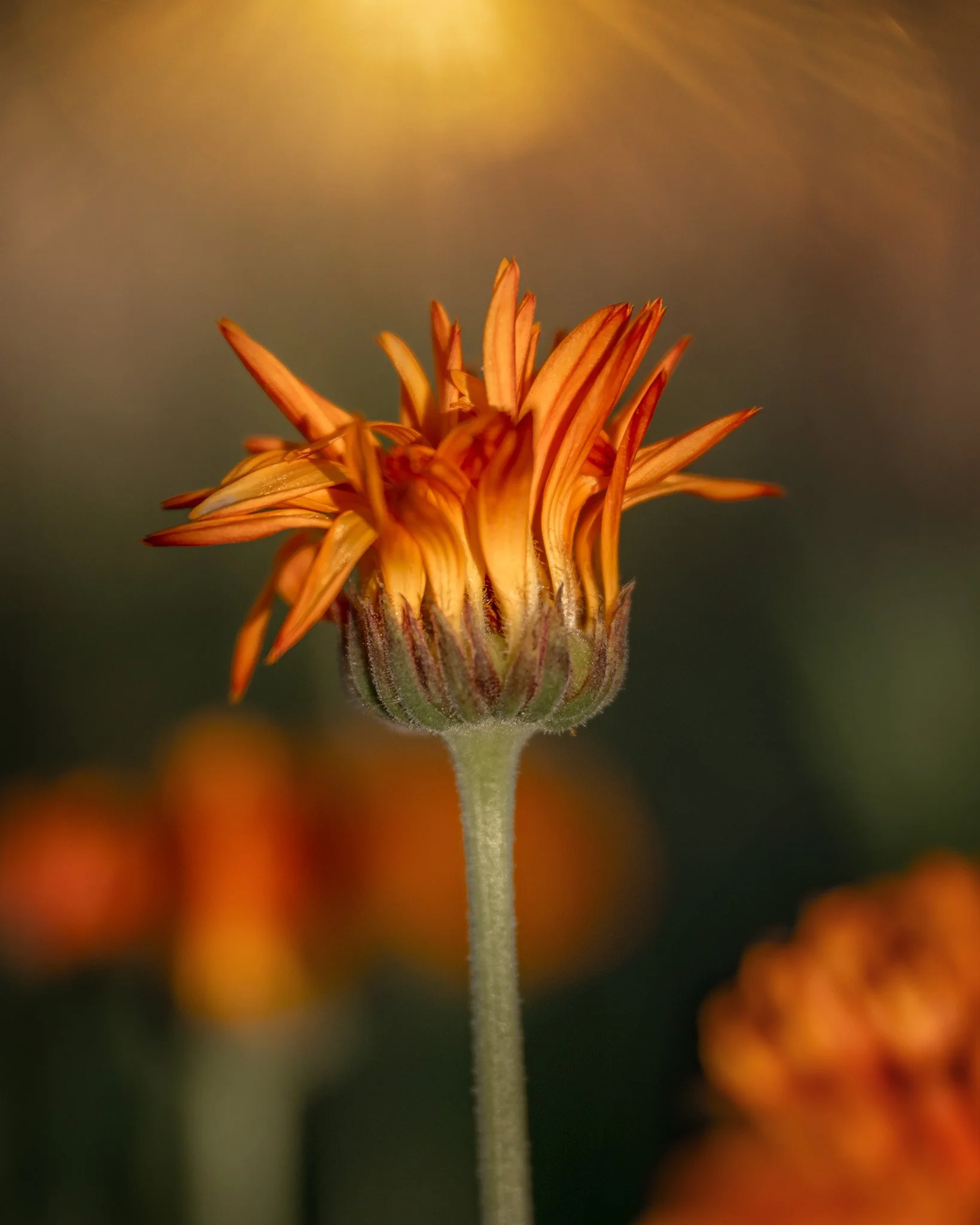Natural Light Photography: Simple Tips That Make a Big Impact | by Holly Awwad
Natural light is one of the most powerful tools a photographer can use. It's free, ever-changing, and capable of creating everything from dramatic shadows to soft, dreamy glow. Whether you're shooting indoors or outside, understanding how to work with natural light can transform your images and elevate your style.
Here are five foundational tips to help you make the most of natural light, no matter what your subject or where you're taking photos.
1. Pay Attention to the Quality of Light
Not all daylight is created equal. Harsh midday sun, soft morning light, and golden hour glow all behave differently. And recognizing this can help you make better lighting decisions.
Golden hour (shortly after sunrise or before sunset) offers soft, warm light that flatters most subjects.
Midday light is more direct and can create deep shadows. Use it carefully or find open shade.
Overcast skies act as a giant softbox, diffusing light evenly and minimizing harsh contrast.
When you train your eye to recognize the quality of light, you can shoot with more intention and predictability.
2. Observe the Direction of Light
Where the light is coming from can dramatically affect your image. Front lighting flattens features, while side and backlighting create depth and visual interest.
Try these:
Backlight flowers or leaves for glowing, translucent effects.
Side light portraits to create drama and shape.
Top light (from overhead windows or midday sun) to emphasize texture.
Experiment with turning your subject or shifting your position to see how light direction impacts the mood and message of your photo.
3. Use Shadows to Your Advantage
Don’t shy away from shadows! They add contrast, mystery, and visual intrigue. Shooting indoors? Let window blinds cast stripes across your subject. Outdoors? Let tree branches break up the light.
Shadows can tell a story. Rather than trying to eliminate them, ask: What can they add?
4. Look for Natural Reflectors
Bright surfaces like light-colored walls, sand, snow, or even a white shirt can bounce light back onto your subject and soften harsh shadows.
Next time you’re shooting a portrait outdoors, position your subject near a light wall or sidewalk and watch the shadows fill in without using a reflector. Shooting indoors, find something light, like a wall (or like this easel paper) that will bounce light back on your subject.
5. Adapt to Changing Conditions
Natural light is unpredictable. A sunny day can quickly turn overcast, or vice versa. Instead of fighting it, stay flexible.
Carry a lightweight diffuser or reflector for quick adjustments. Or wear white while shooting so you can be the reflector if needed.
Get comfortable adjusting ISO, shutter speed, and aperture to match the lighting conditions.
Embrace the shift. Some of the most creative images come from unexpected lighting changes.
Want to Go Deeper with Natural Light?
These tips are just the beginning. If you're ready to explore natural light more deeply, from indoor window light to tricky midday sun and creative techniques, my BRAND NEW course Light Chaser: The Complete Guide to Natural Light Photography breaks it all down step-by-step. You'll learn to shoot confidently in any lighting situation, with plenty of real-world examples, editing guidance, and visual demonstrations.














